Twenty years ago, microwave chemistry was still something of a mystery. As researchers began to take advantage of the faster, cleaner and more efficient reactions offered by using microwaves in the lab they observed things that did not align with traditional physical organic theory. And so began a heated debate on the existence of non-thermal or ‘magic’ microwave effects. ‘Very few people went from one [camp] to the other,’ says Nicholas Leadbeater, a synthetic chemist at the University of Connecticut in the US. ‘You would either argue until you were blue in the face that there was a microwave effect, or that there wasn’t. And you would pick apart experiments that had been done and do your own. It was quite a controversial time.’
Since then, microwave chemistry has matured into an established technique in organic synthesis used routinely in academia and industry. For some working in the field, this evolution was exactly what they expected, but others believed, and hoped, that microwave chemistry would amount to something more.
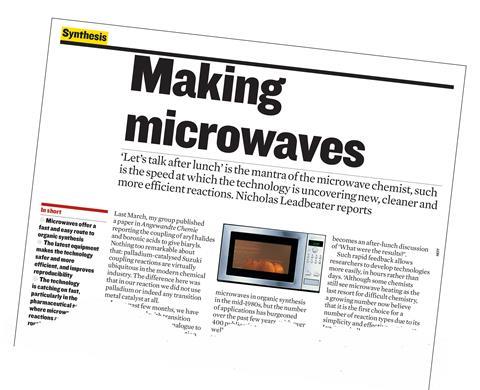
Oliver Kappe, scientific director at the Center for Continuous Flow Synthesis and Processing at the Research Center Pharmaceutical Engineering in Graz, Austria, uses the Gartner hype cycle to describe how the field developed, with the ‘peak of inflated expectations’ falling between 2003 and 2005 and the ‘period of disillusionment’ around 2008.1 He now believes the field has reached the ‘plateau of productivity’, albeit on a lower level than was initially expected.
But Gregory Dudley, chair of the department of chemistry at West Virginia University in the US, is optimistic there is more to discover: ‘The true equilibrium will be somewhere above where we are now, where microwave reactors are indeed a great and useful tool for heating but microwave heating is also a technology that can help us get a little bit more out of thermochemistry in ways that we don’t quite grasp yet.’
The birth of microwave chemistry
The first papers to showcase microwave heating in organic chemistry appeared in 1986 and from then until the early 2000s researchers generally used domestic household microwaves in their labs. But there were significant issues around safety and reproducibility leading researchers to seek more reliable alternatives.
Leadbeater’s own interest in the field was sparked in 1999 when someone who worked for GSK mentioned that they had started to use microwaves in the lab. ‘I thought that sounds crazy, but it was true … and it occurred to me that maybe this is a technique that we could use,’ Leadbeater recalls. He approached a US-based scientific microwave company that had just launched a UK arm and persuaded it to lend his lab one of its prototypes. ‘It looked like something that had come off a spaceship,’ he says. ‘We used it, and it worked! It allowed us to heat things quickly and really effectively. And so our love affair with microwave chemistry started.’
Kappe was drawn to the field while visiting a small, regional conference in Hungary in 1998 on the hunt for something new. ‘It was not a microwave conference; it was connected to my research field in heterocyclic chemistry, which was big 20 years ago,’ he explains. ‘I heard this very inspirational talk. People were excited about [microwave chemistry, but] many people who started with kitchen microwaves got frustrated at times because it didn’t work or there were mishaps.’
A few months later Kappe attended the first official microwave conference in the south of France, and this was where he met many of the big names in the microwave community at the time; Rajender Varma from the US, André Loupy from France and Mats Larhed from Sweden.

Dudley, too, was inspired by those already making a name for themselves in the field after reading a report on a thermal Claisen rearrangement reaction process in 2002. ‘There was a specific example from Steven Ley’s group2… it described a thermal rearrangement where the best results were obtained under microwave heating; not by heating for 15 minutes but by heating for one minute, 15 times and letting the reaction mixtures cool in between. I was intrigued by this example, and it just stuck in my head.’ He says that as he and his team started to dabble it was clear how useful microwave chemistry was going to be. ‘Microwave reactors were becoming more and more ubiquitous in small scale synthesis labs and academic labs … [it] was a great new tool for rapid, efficient heating; it just made synthetic chemistry, especially on the small scale, so much easier.’
Those were very exciting days
Oliver Kappe, University of Graz
The early excitement around microwave chemistry was reflected in an article written by Leadbeater for the first issue of Chemistry World, published in January 2004, in which he reflected on his group’s recent progress in dispensing with transition metals while developing an analogue to the Sonogashira coupling reactions; success he attributed to microwave technology. He concluded by telling readers to ‘watch this space’ and that in a few years, the microwave oven would have superseded the oil bath as a heating tool, opening up ‘new and exciting chemistry’.
He wasn’t wrong. After a slow start, the 2000s saw an explosion of growth in the field of microwave chemistry that stemmed from the realisation that microwave-assisted synthesis provided significant advantages by dramatically reducing reaction times, in some cases from days or hours to minutes or even seconds.
The golden age
As the number of academic groups involved with microwave chemistry rose, so too did the number of published papers. This period, between 2001 and 2010 was ‘the golden age’ of microwave chemistry. ‘Papers were coming out, work was being done and microwave manufacturers were coming up with new technology,’ Leadbeater recalls. ‘We could do known reactions in the microwave far easier, and then, more excitingly, it allowed us to discover new chemistry … Our research group had a motto, which was – “get a life, get a microwave” – or to put it another way: “All the trendy people have a microwave so you should too!”’
At that stage, the field was friendly and those working within it met up frequently, sometimes on a monthly basis. ‘Those were very exciting days,’ says Kappe. ‘Things for us went pretty well in terms of funding and uptake - industry was interested in it, especially the medicinal chemistry [sector].’ It was during those early years that researchers began to understand that microwaves could enhance chemical reactions but there was considerable speculation on the exact mechanism at play with some suggesting the existence of non-thermal or ‘magic’ microwave effects.
It was an unpleasant process to go through but it certainly did draw attention to the work
Gregory Dudley, West Virginia University
Microwave chemistry is ultimately at its core about heating,’ says Dudley. ‘But what’s different about microwave chemistry is that it heats differently from convective heating; there are unique dynamic temperature profiles that can’t be reasonably reproduced with convective heating.’
The debate heats up
Exploration into these ‘magic’ microwave effects continued for a few years, with the debate finally reaching a head in 2012, when Dudley and his colleagues at Florida State University discovered microwave effects occurring during a Friedel–Crafts benzylation reaction in a microwave. Their paper suggested that the effects were not wholly attributable to rapid and efficient heating of the reaction mixture.3
Dudley’s paper was met with a public rebuttal from Kappe and colleagues at the Christian Doppler Laboratory for Microwave Chemistry in Graz, Austria – who had previously published research proving that heat promoted microwave-assisted reactions – in the form of an essay in Angewandte Chemie.4 Looking back, Dudley says he was surprised at the level of attention his paper received: ‘[It was] an unpleasant process to go through but it certainly did draw attention to the work.’
Behind the scenes he recalls contending with harsh review processes, and manuscript and grant proposal rejections that were frustrating to deal with. In complete contrast, whenever he gave a talk he was met with interest and enthusiasm. ‘There were so many questions, the audience was always super engaged, and it really resonated with people in the seminars.’
Timeline
Microwave chemistry
1971
Microwave heating in chemical research reported for the first time
1986
First observations of significant rate accelerations in reactions carried out in domestic microwave ovens
1990
Several groups start to experiment with solvent-free microwave chemistry, which eliminated the danger of explosions
2000
Dedicated microwave reactors suitable for sealed vessel processing introduced
2000
Kappe performs the first direct comparison between microwave heating and thermal heating
2000-2010
The golden decade of microwave chemistry. Synthetic organic chemists, especially those working in medicinal chemistry and drug discovery firmly embrace the benefits of microwave heating
2008
Several reports of microwave-assisted transition metal-catalysed C–C and C–N bond forming reactions
2012
Experiments on a Friedel–Crafts benzylation reaction lead Dudley and colleagues to report that reactions driven by microwaves can go faster than might be expected from their temperature when microwave-absorbing polar solutes are placed in non-polar microwave-transparent solvents
2012
Kappe and colleagues repeat Dudley’s Friedel–Crafts benzylation experiments and respond with an essay in Angewandte Chemie saying that the existence of nonthermal or specific microwave effects is highly doubtful
2016
Dudley and colleagues describe a chaperone effect where certain microwave-absorbing dipolar molecules can store microwave energy and drive a reaction
2024
Microwave chemical reactors are a common sight in research laboratories across the world
It also helped that this work was a side project for his lab, meaning his career was never on the line. However, he says that working in an area subject to such scrutiny did help reinforce the importance of rigour in the scientific method, ‘and that was really helpful for me and our students’.
Kappe also had his struggles, particularly regarding the very public controversy that unfolded in response to his essay. ‘There was a long debate – if you look at the referee reports it was crazy – there was a long back and forth with the editor, Peter Gölitz, at the time to get it published … If I had known that there would have been so much controversy I may have decided [to write it] in a different way,’ he explains. ‘Scientific conflict is typically not something that is played out openly in the scientific community … so it was certainly not fun to have to sit down and write those things.’
Now we just use microwaves to heat stuff – it’s as simple as that
Nicholas Leadbeater, University of Connecticut
In a news article published by Chemistry World that year, Leadbeater told readers that the controversy around microwave effects would ‘shake up a few things’. ‘It certainly got people’s attention and it brought microwaves to the front and centre so it was good in that regard,’ he recalls. ‘It’s always good to test things and to push the envelope.’
‘We were not sure if other papers were going to start to come out corroborating this evidence also suggesting non-thermal microwave effects were in operation or whether papers would start to come out that would continue to debunk them,’ Leadbeater adds. ‘It didn’t really change [my team’s] philosophy but it was an interesting time to be involved in the field.’
Looking back
Today, most scientists agree that, in the majority of cases, the reason for the observed rate enhancements in microwave reactions is a purely thermal kinetic effect and microwaves are now a tool found in most research labs. ‘Now we just use microwaves to heat stuff – it’s as simple as that,’ says Leadbeater. ‘As the field matured, we started to get involved in scale-up, which is perhaps the big issue with microwave heating; you can do reactions on a small scale, but when it starts to make multiple grams to kilograms to beyond that, it begins to get increasingly challenging.’
Reflecting, Kappe says he was quite disappointed not to find any special microwave effects as he had initially assumed that there must be something different going on compared to conventional heating. But he says now it is time to move on. ‘I’m not going to go back and say, “we should have done this experiment” or “we should have done this”. I need to be satisfied with that wave of interest and with the many papers [we published]; that one [Angewandte Chemie] essay is still my most cited paper – 3000 or 4000 citations,’ he says. And, although he has since made what he calls ‘a natural transition’ from microwave chemistry to flow chemistry he has been able to take many learnings with him, from how to deal with controversy and scientific conflict, to understanding how the world of business works. ‘If you work in a controversial [field] where there’s a lot of business interest – vendors that want to sell equipment, conference organisers that want to make money – you learn a lot about, not only science, but also business relationships and marketing,’ he explains.
For a select few, the existence of microwave effects remains an open question. Although Dudley is not actively using microwave reactors in his lab, he says he would still like to return to it at some point. ‘I think Kappe’s reference to the hype curve was brilliant – that human response to exciting new developments: it describes my recollection, we just disagree on where the peaks and valleys and the ultimate landing spot of where we are on that hype curve.’
‘I would suggest that maybe that equilibrium hasn’t yet been reached, and that we’re still climbing out of that valley. We may recapture that initial dream of dramatically different outcomes from microwave heating … I hope so.’
What Kappe, Dudley and Leadbeater can all agree on, however, is that even if nothing magical materialised out of microwave chemistry, the scientific community is substantially better off for the technology.
References
1 C O Kappe,Chem. Rec., 2019, 19, 15 (DOI: 10.1002/tcr.201800045)
2 T Durand-Reville et al, Org. Lett., 2002, 4, 22, 3847 (DOI: 10.1021/ol0201557)
3 M R Rosana et al,Chem. Sci., 2012, 3, 1240 (DOI: 10.1039/c2sc01003h)
4 C O Kappe, B Pieber and D Dallinger, Angew. Chem.,Int. Ed., 2012, 52, 1088 (DOI: 10.1002/anie.201204103)


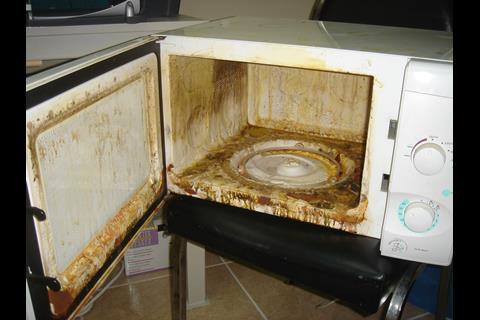
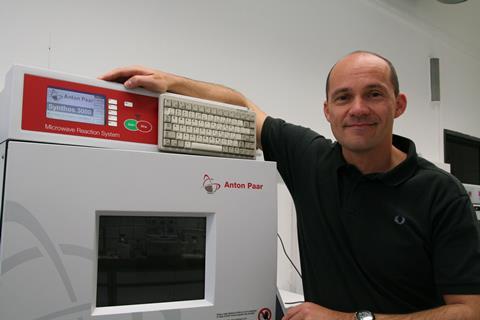
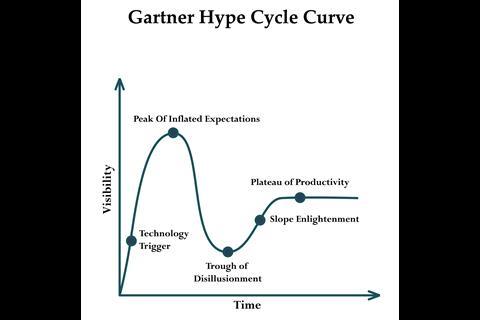
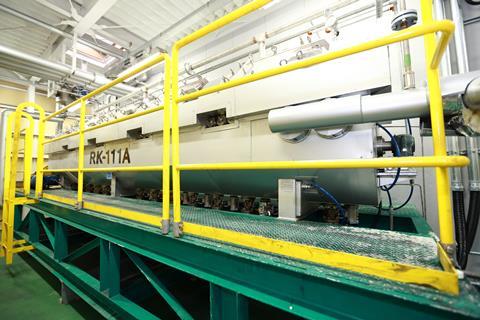
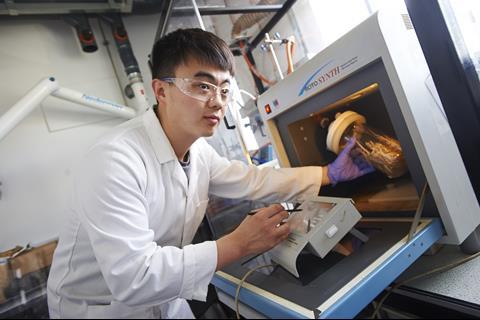




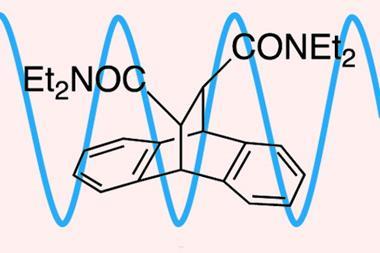

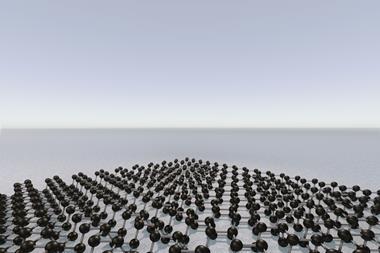





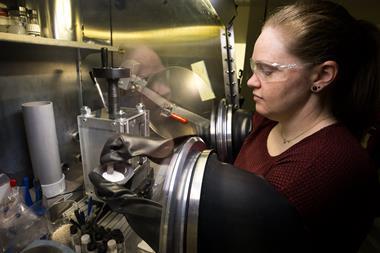
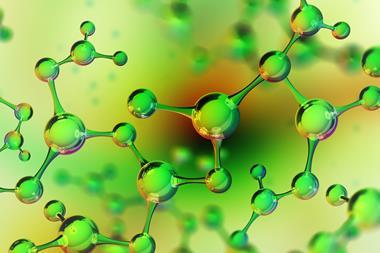

No comments yet